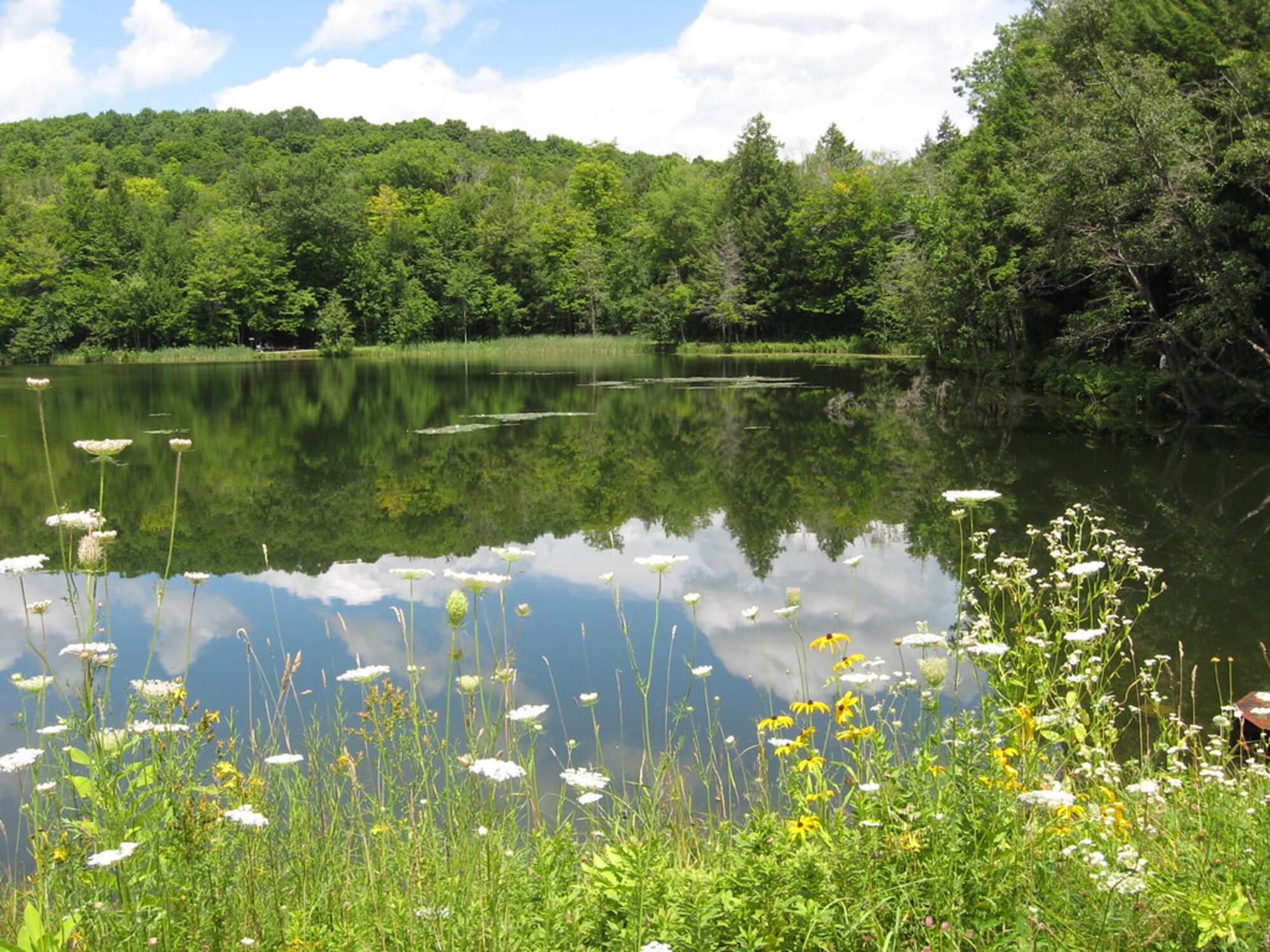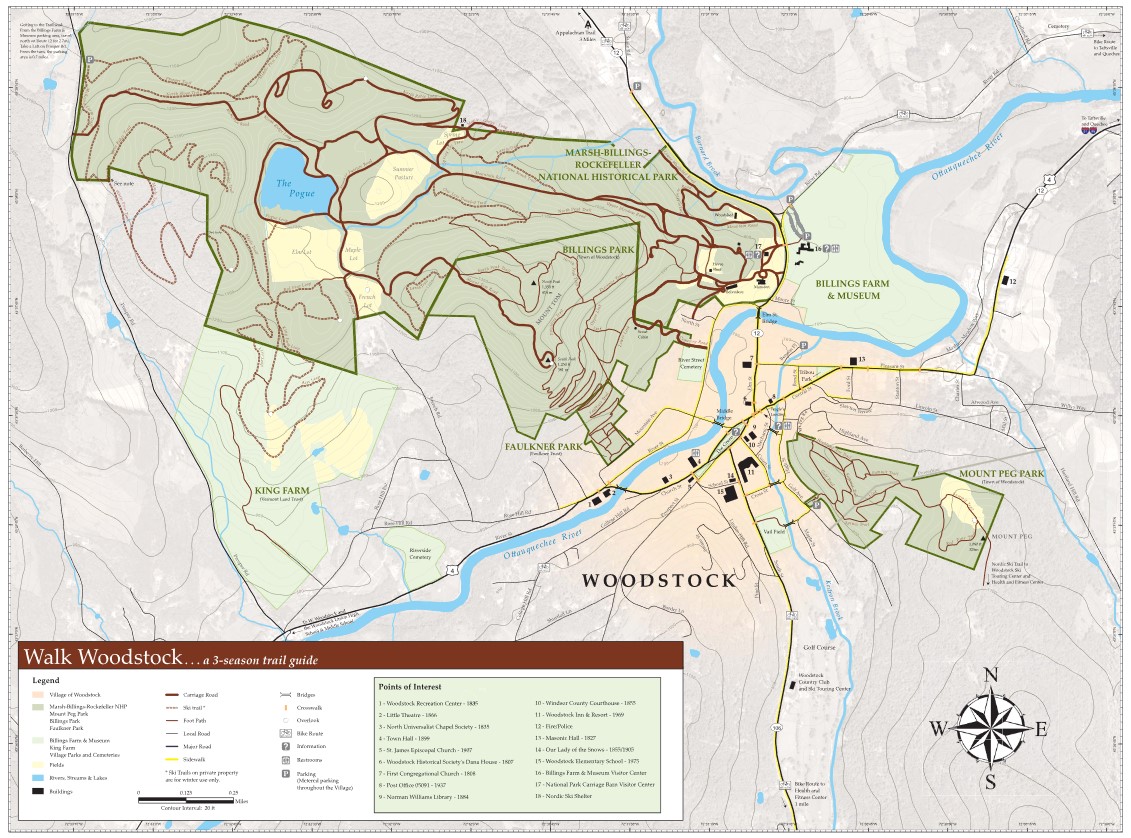Marsh-Billings-Rockefeller National Historical Park

Marsh-Billings-Rockefeller National Historical Park
54 Elm Street Woodstock, Vermont 05091
Marsh-Billings-Rockefeller National Historical Park websiteMarsh-Billings-Rockefeller National Historical Park map
Birds of Interest
A number of bird species live within the park boundaries. These range from seasonal visitors to others just passing through, to those species that live year-round in Vermont. A number of different songbirds can be heard during the summer, including the Hermit Thrush, Vermont’s state bird. On the Pogue, the park’s 14-acre pond, Great Blue herons fish for bass. At night, the forest is the home of many different owl species, including the Barred owl, which is commonly seen in the park.
About this Location
When submitting eBird observations at Marsh-Billings-Rockefeller National Historical Park, it is most helpful to start a new checklist for each hotspot within the park. Use this general hotspot when you have a checklist that includes multiple locations or if no other hotspot or personal location is appropriate for your sightings.
About Marsh-Billings-Rockefeller National Historical Park
See all hotspots at Marsh-Billings-Rockefeller National Historical Park
Walk through one of Vermont’s most beautiful landscapes, under the shade of sugar maples and 400-year-old hemlocks, across covered bridges, and alongside rambling stone walls. This is a landscape of loss, recovery, and conservation. This is a story of stewardship, of people taking care of places, sharing an enduring connection to the land, and a sense of hope for the future.
South Peak hosts a beautiful, panoramic view of the Village of Woodstock and beyond. South Peak is also home to the Woodstock town star, which is lit on winter nights and can be seen as far as Taftsville. South Peak can be accessed from a variety of trailheads, including Faulkner Park, Prosper Rd, and Mountain Road.
The Pogue is a constructed, 14-acre pond tucked into the hills of the park’s Mount Tom Forest. Naturally a spring-fed boggy area, it was created in the 1880s when an earthen dam was constructed. It is rumored to be bottomless! The origin of its name is still in question.
The gardens at Marsh-Billings-Rockefeller National Historical Park include an azalea and rhododendron garden, rock garden, cutting garden, a hemlock hedgerow, a dense stand of Norway spruce, and many other plantings, all expressing the many-layered design and development of the gardens and grounds through four generations of dedicated stewardship.
Features
Restrooms on site
Wheelchair accessible trail
Entrance fee
Content from Marsh-Billings-Rockefeller National Historical Park website
Last updated September 13, 2023
